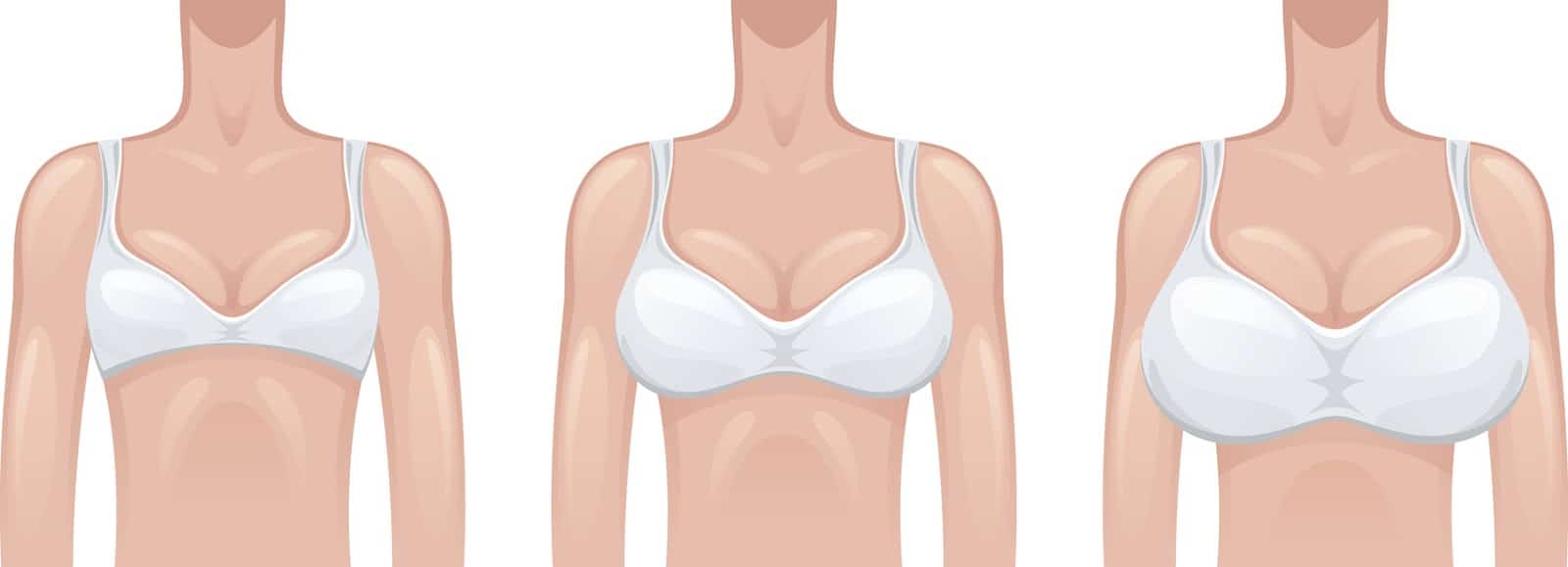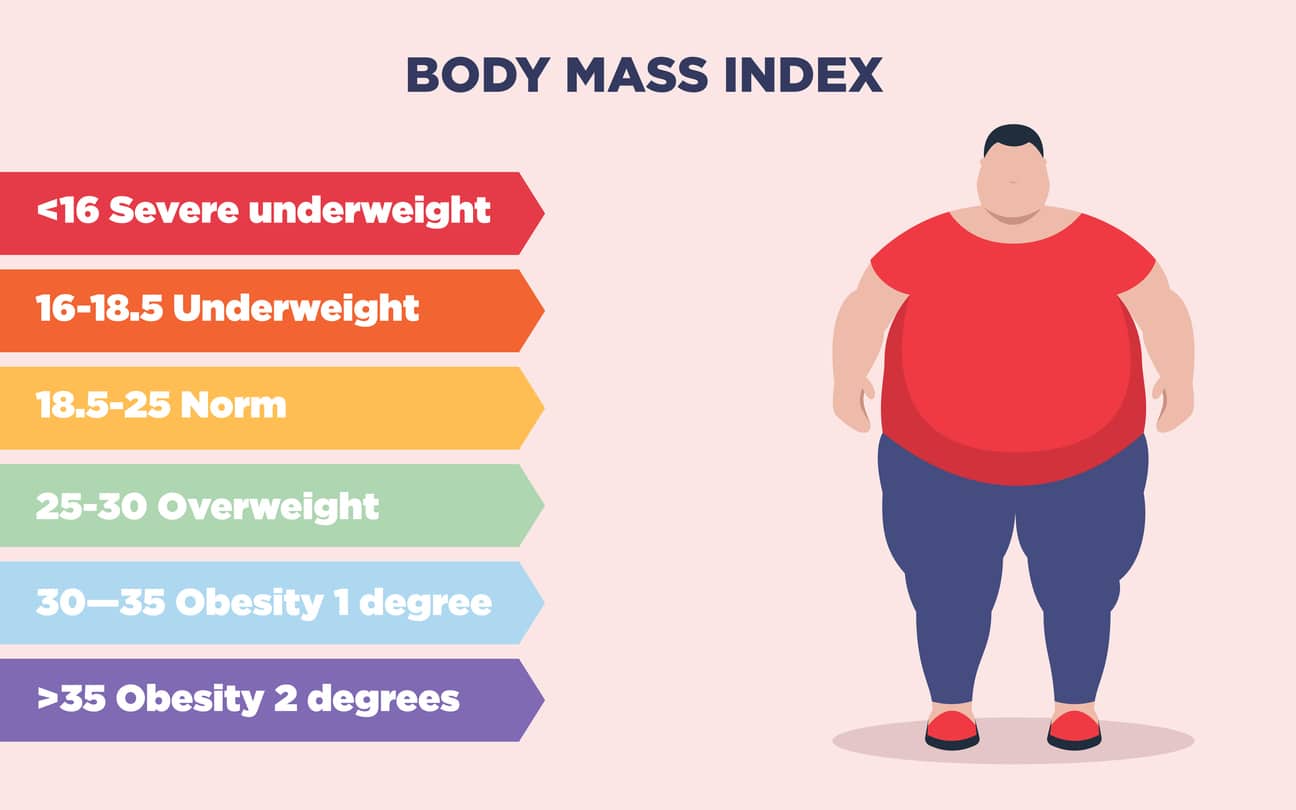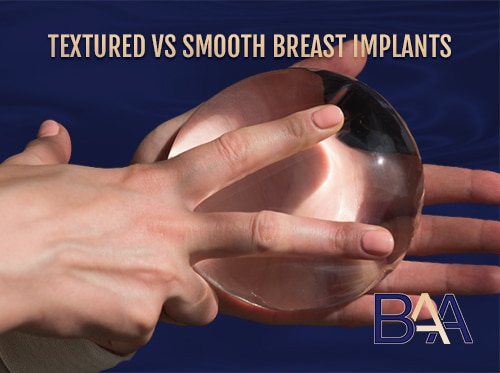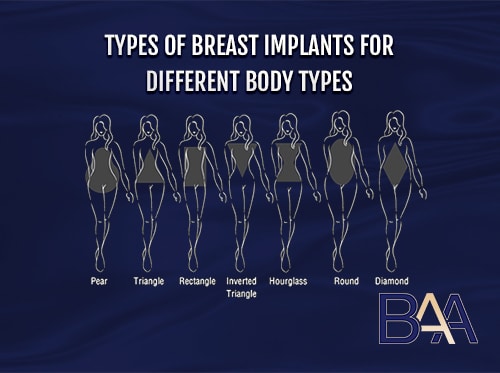Are Stretch Marks Normal After Breast Augmentation?
Developing stretch marks after breast augmentation with average-sized Breast implants (280-380cc breast implants) is very rare. However, the likelihood of stretch marks depends on your skin’s elasticity and breast implant size. The larger the breast implant, the higher the chance of developing stretch marks.
Does Breast Augmentation Cause Stretch Marks?
Women can develop stretch marks after breast augmentation. The occurrence of this condition is considered rare. Despite stretch marks being rare after breast surgery, they can be devastating since the main aim of plastic surgery is to enhance your appearance.
The primary cause of stretch marks is the mechanical stretching of the skin. After breast implant insertion, the skin stretches to make room for the implant. However, on some occasions, the skin may overstretch, causing stretch marks. Other factors that may cause stretch marks include genetics and hormonal imbalance.
Regardless of the low risk of getting stretch marks, women undergoing breast surgery should know the risk. Most surgeons advise patients on the factors likely to cause stretch marks after breast surgery and how they can reduce these risks.
What Causes Stretch Marks After Breast Augmentation?
Stretch marks, also called striae distensae, are a significant concern for breast augmentation patients. Stretch marks occur as linear streaks or stripes when the dermis undergoes tearing. These marks typically run perpendicular to the skin’s natural tension lines.
They occur when the tension applied to the skin exceeds its ability to expand. Therefore, stretch marks are regarded as dermal scars from stretching forces on weakened connective tissue.

Stretch marks before and after
Stretch marks may appear as minor inconspicuous marks or wide red marks. The marks are reddish during the early stages but turn whitish with time. The early signs include itching, small and flat erythematous eruptions, and pain in some instances.
Stretch marks are considered atrophic due to the above characteristics. Atrophy is the decrease in skin thickness caused by reduced volume and number of skin elements. This condition leads to thinning, drying, folding, decreased hair density, and reduced skin elasticity.

Stretch marks
Stretch marks can be categorised depending on the cause and period. The common types of stretch marks include:
- Striae Atrophica: This is the most common type of stretch mark. They occur when collagen or elastin in the skin breaks down.
- Striae Distensae: Occurs mainly during puberty and is characterised by strip-like linear lines.
- Striae Gravidarum: Occurs mainly during pregnancy.
- Vergetures: They are long and patterned, resembling a whip lashing.
- Factors such as rapid weight gain or loss can lead to someone developing stretch marks. This is mainly common in women during pregnancy because they experience rapid weight gain in a short period.
Some of the major factors that cause stretch marks include the following.
Predisposition

Some people are predominately exposed to stretch marks based on their skin type. This means that women with stretch marks on their bodies before the breast augmentation procedure are like to develop stretch marks after breast surgery.
Stretch marks are also hereditary, meaning if someone in your family history suffered from stretch marks, you are more likely to develop them. The ELN gene determines elastin and is crucial in determining the development of stretch marks. This is more common in patients with thin skin.
Implant Size

Implant sizes in same woman
Large breast implants will exert more pressure on the tissue, stretching it, and leading to stretch marks around the breast. The risk is higher in slim women who opt for large implants. When large breast implants are placed in tight tissues incapable of accommodating the implant’s base width, they stretch the breast tissue. The stretching often causes stretch marks. The larger the implant and projection, the higher the risk of stretching the skin.
Other effects of large implants may include parenchymal thinning, lactating challenges, sensory damage, rippling, implant edge visibility, and chest wall damage. Women undergoing breast augmentation surgery should consult a specialist surgeon on the implant size before undergoing breast augmentation.
Nulliparity
Nulliparous is a woman of reproductive age with no live delivery. However, this doesn’t mean the woman has never gotten pregnant. Nulliparous also refers to elective abortion and pregnancy loss. There is a higher risk of stretch marks in nulliparous women than in their multiparous counterparts.
Multiparous refers to women with more than one live delivery. The high risk is associated with higher exposure to estrogen levels, a hormone highly associated with the development of stretch marks.
Hormones
Hormonal imbalance increases the development of stretch marks. Estrogen is the primary hormone associated with the development of stretch marks despite its association with accelerating healing. It is shown that there is an increased amount of estrogen receptors in the skin with stretch marks than in healthy skin. In addition, there are also increased glucocorticoid and androgen receptors in the skin with stretch marks.
Estrogen reduces collagen fibres adhesion and induces skin atrophy. The onset of stretch marks results from an acute inflammatory reaction highly associated with hormonal imbalance. This, in turn, may result in stretch marks.
Age
Younger women, around 21 and below, are more likely to get stretch marks after breast surgery than older women. This is related to higher levels of growth hormones, dehydroepiandrosterone, and estrogen in young women. The hormone levels are highest between 18 and 25 and drastically reduce with age. Estrogen is known to increase the risk of forming stretch marks.
Also, damage to fibrillin by microfibril, which is highly fragile in younger women, can lead to skin stretching, causing stretch marks completely.
Tuberous Breasts
Breast implants can be used to correct tuberous breasts. However, women with tuberous breasts are susceptible to stretch marks because of inadequate breast tissue and weaker skin. Therefore, they will likely develop stretch marks after breast surgery due to rapid stretching to accommodate the breast implants.
Significant Weight Changes During Pregnancy
An increase in weight during pregnancy after breast augmentation can cause stretch marks due to rapid growth, causing the skin to stretch. However, most expectant mothers suffer from stretch marks during pregnancy regardless of whether the patient has breast implants.
Obesity

Obesity is associated with increased rates of stretch marks development. The complication is known to lead to numerous abnormalities of metabolism and sex hormone production. There are increased production rates of estrogen in obese women, increasing the risk of getting stretch marks. In addition, obese people are exposed to hyperestrogenemia, which increases stretch marks.
Most of these factors are controllable. However, certain factors like genetics are uncontrollable.
Other Factors
Other factors likely to increase the rate of stretch marks development after breast augmentation include smoking, low and normal BMI, and oral contraceptives. Increased stretch marks in the patients result from hormonal imbalance due to exposure to high estrogen levels. Despite oral contraceptives playing a protective factor, they can result in hormonal imbalances. In addition, patients with weaker skin or thinned tissue are at increased risk of stretch marks. The surgical procedure may also influence stretch mark development.
Underlying conditions such as Cushing syndrome, which increases the production of cortisol hormone, may cause stretch marks. Also, patients using corticosteroids for treatment are at a higher risk of developing stretch marks.
There is insufficient evidence to prove an association between stretch marks and breastfeeding, pregnancy before breast surgery, or postoperative weight changes.
Does Submuscular Positioning Technique Reduce Development of Stretch Marks?

The type of surgical technique used during breast surgery may affect the development of stretch marks after the procedure. The submuscular breast positioning technique involves placing the breast implant below the chest muscle. Placing the implant underneath the chest muscle reduces the pressure the implant exerts on the tissue.
The chest muscle acts as a buffer between the skin tissue and the implant, minimising the pressure exerted on the skin and reducing skin stretching. This reduces the risk of stretch marks compared to the sub-glandular implant placement technique.
Sub-glandular placement involves placing the implant above the chest muscle, which creates a higher risk of stretch marks because of the pressure exerted on the skin by the implant. Again, the risk is higher in patients with large implants.
Stretch marks may occur after a short period because of the pressure caused by sudden changes in breast size or after several years due to weight and lack of support. Submuscular implant placement also provides support to the implant, reducing breast sagging.
How to Reduce the Appearance of Stretch Marks
If you have stretch marks after breast surgery, the following treatments will help to reduce the appearance.
- Aftercare Routine: Aftercare routines like skin moisturisers, creams, and products rich in vitamin E will keep the skin hydrated and elastic.
- Exfoliation: Using exfoliating brushes helps to increase collagen production, enhancing the skin’s appearance. Collagen is essential for skin regeneration and reducing stretch marks. Patients should rub the skin gently using the brush every day.
- Skin Needling: Using skin needling treatments helps produce and distribute collagen. This helps minimise stretch marks with time by promoting skin regeneration.
Other Treatments for Breast Stretch Marks
- Laser Therapy: Laser technology is currently used in treating and removing stretch marks with a success rate of 50-70 per cent as per the 2017 study. The dermatologist uses a skin-safe laser, breaking the scar tissue, increasing blood flow, and stimulating the repair of damaged tissues.
- Microdermabrasion: This is a strong exfoliation technique. It improves collagen production and reduces the appearance of stretch marks.
- Acid Peel Treatments: The treatment removes the skin’s top layer, helping reduce the visibility of stretch marks.
Before undergoing any treatment, the patient should consult a dermatologist. In cases where the patient has stretch marks predisposition, they can undergo preoperative skin treatment before breast surgery. Some surgeons strongly recommend weight loss and withdrawal from oral contraceptives before breast surgery to help prevent stretch marks after the procedure.
Are Stretch Marks Permanent?
Stretch marks are permanent, but they fade with time. New stretch marks appear reddish or purplish and are easily visible, but the colour disappears after a while. However, there is no exact time between stretch marks forming to fading completely.
FAQs
Below are some frequently asked questions on stretch marks after breast surgery.
Can Breast Augmentation Remove Existing Stretch Marks?
Some cosmetic procedures, including mastopexy (breast lift), can help minimise the visibility of stretch marks. During breast surgery, the breast can be resized to hide the stretch marks or the surgeon can perform a mastopexy (breast lift) to help minimise their visibility.
How Long Will It Take for Stretch Marks to Disappear After Breast Augmentation?
Stretch marks take around two years to fade. However they are usually permanent.
Conclusion
There is a likelihood of getting stretch marks after breast augmentation. The common factors causing stretch marks include genetics, hormonal imbalance, rapid weight changes, and large breast implants. Most of these are avoidable, and the surgeon should guide the patient on preventing or minimising the condition. There is no need to panic if you develop them after breast surgery because stretch marks fade with time.
References
- Tsai, T., Castillo, A., & Moliver, C. L. (2014). Breast Striae After Cosmetic Augmentation. Aesthetic Surgery Journal, 34(7), 1050–1058.
- Basile, F. V., Basile, A., & Basile, A. (2012). Striae Distensae After Breast Augmentation. Aesthetic Plastic Surgery, 36(4), 894–900.
- Guimarães, P. R., Haddad, A., Neto, M. B., Lage, F. C., & Ferreira, L. M. (2013). Striae Distensae after Breast Augmentation. Plastic and Reconstructive Surgery, 131(3), 636–642.
- Basile, F. V., Basile, A., & Basile, A. (2013b). Striae Distensae After Breast Augmentation: Expected Findings Versus Actual Findings. Aesthetic Plastic Surgery.
- Guimarães, P. R., Haddad, A., Neto, M. B., Lage, F. C., & Ferreira, L. M. (2013b). Striae Distensae after Breast Augmentation. Plastic and Reconstructive Surgery, 131(3), 636–642.
- Basile, F. V., Basile, A., & Basile, A. (2012b). Striae Distensae After Breast Augmentation. Aesthetic Plastic Surgery, 36(4), 894–900.



